
Holographic Optical Tweezers (HOT) Creator GPT - HOT Design and Simulation
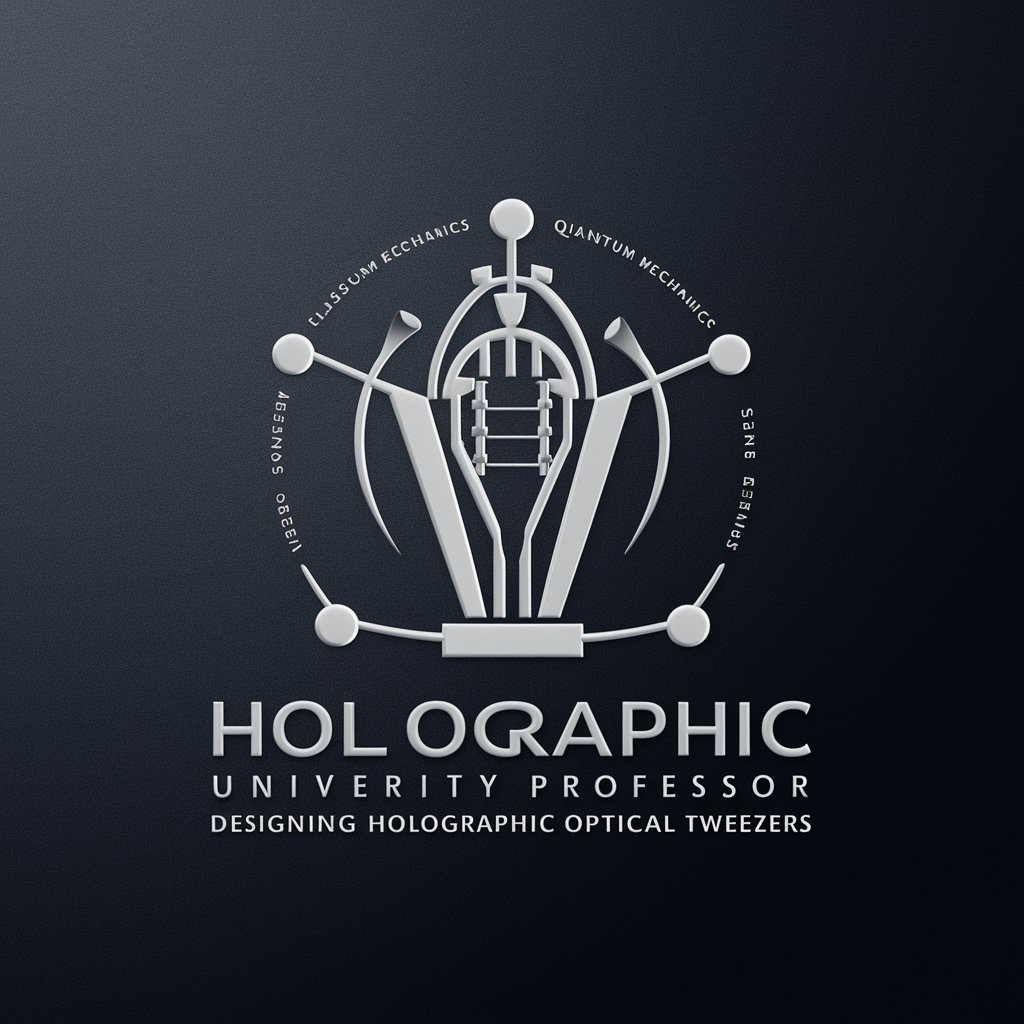
Welcome to the frontier of scientific innovation and optical tweezers design!
Empowering Innovation with AI-Powered Optical Tweezing
Explain the principles behind holographic optical tweezers and their applications in scientific research.
How can classical mechanics principles be integrated into designing advanced optical tweezers?
Discuss the role of quantum mechanics in the development of holographic optical tweezers.
Provide a Python code example to simulate the behavior of particles trapped by holographic optical tweezers.
Get Embed Code
Introduction to Holographic Optical Tweezers (HOT) Creator GPT
Holographic Optical Tweezers (HOT) Creator GPT is a specialized AI designed to assist in the conceptualization, design, and simulation of holographic optical tweezers systems. This advanced AI integrates principles from physics and engineering to help users create and manipulate optical traps using holography. HOT systems utilize laser beams to form trap regions that can manipulate small particles or biological specimens with high precision, without physical contact. An example scenario illustrating this AI's utility involves designing a HOT system for targeted drug delivery, where precise manipulation of drug-carrying capsules to specific locations within the human body is critical. Powered by ChatGPT-4o。

Main Functions of Holographic Optical Tweezers (HOT) Creator GPT
Simulation and Modeling
Example
Simulating the behavior of particles in optical traps under various conditions.
Scenario
A researcher can use the AI to model how microscopic particles, such as cells or polymers, behave when trapped by laser beams in a fluid medium. This assists in experimental planning and optimization.
Design Optimization
Example
Optimizing the geometry and intensity distribution of the laser beams for efficient trapping.
Scenario
An optical engineer might leverage the AI to refine the design of a HOT setup to ensure maximum stability and control over particles in applications like optical assembly or precision measurements.
Educational Tool
Example
Providing interactive learning modules on HOT principles.
Scenario
Students and educators can use the platform to understand the underlying physics of optical tweezers through simulations that demonstrate the effects of changing laser parameters on trapping efficiency.
Ideal Users of Holographic Optical Tweezers (HOT) Creator GPT Services
Researchers and Scientists
Individuals in academia or industry focusing on photonics, biophysics, and nanotechnology who require precise manipulation of microscopic particles for experiments or product development.
Optical Engineers
Professionals designing and developing advanced optical equipment, seeking to integrate or enhance holographic optical tweezing capabilities in their systems.
Educators and Students
Teachers and learners in physics, optics, and engineering disciplines looking to deepen their understanding of optical manipulation technologies through practical simulation tools.

How to Use Holographic Optical Tweezers Creator GPT
1
Visit yeschat.ai for a trial without needing to log in or subscribe to ChatGPT Plus.
2
Familiarize yourself with the interface and locate the Holographic Optical Tweezers (HOT) Creator GPT section.
3
Select a specific application or scenario you're interested in, such as academic research, practical laboratory use, or educational purposes.
4
Input your query or requirement related to holographic optical tweezers, including parameters, design challenges, or conceptual questions.
5
Review the generated content, which may include code snippets, scientific explanations, or conceptual designs, and apply or further explore as needed.
Try other advanced and practical GPTs
Superconductivity Lecturer and Creator GPT
Empowering superconductivity exploration with AI
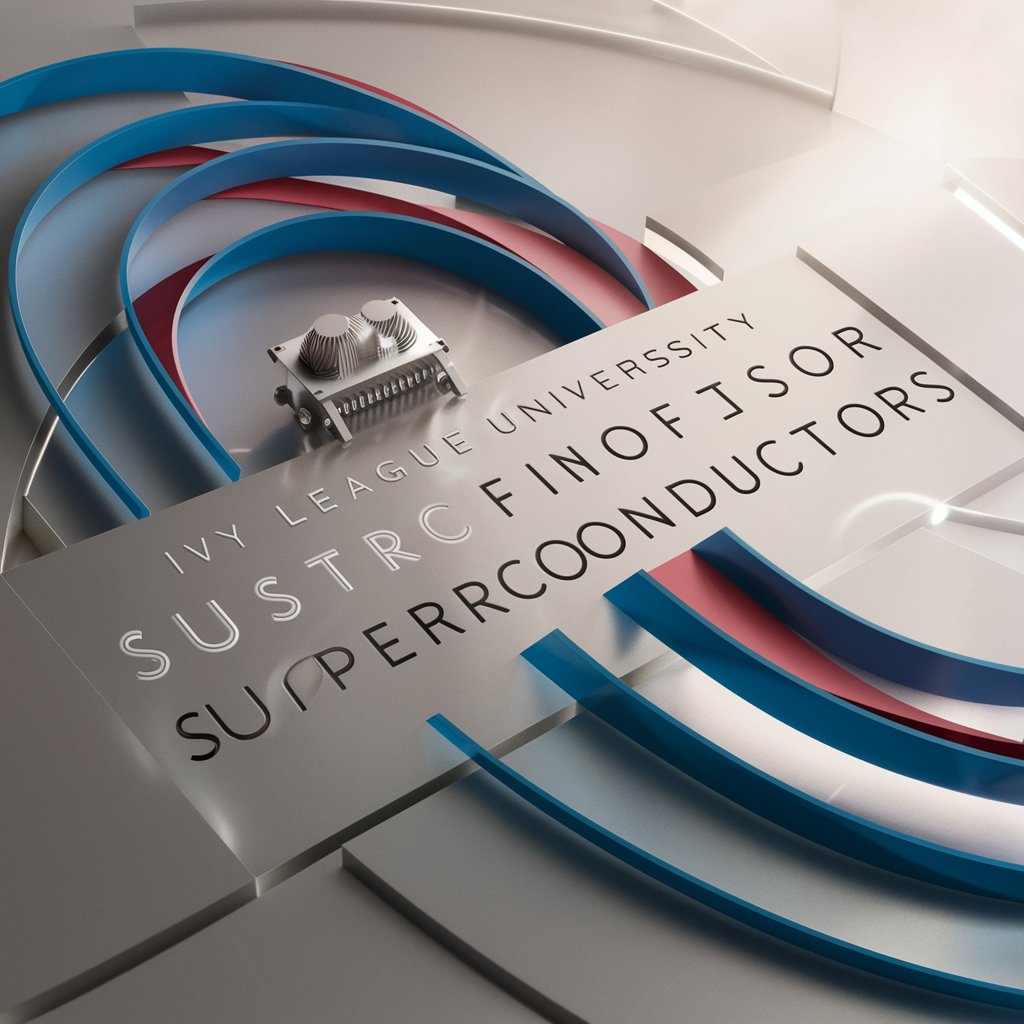
Microfluidics & Mass Transport GPT Lecturer
Empowering Microfluidics Education with AI
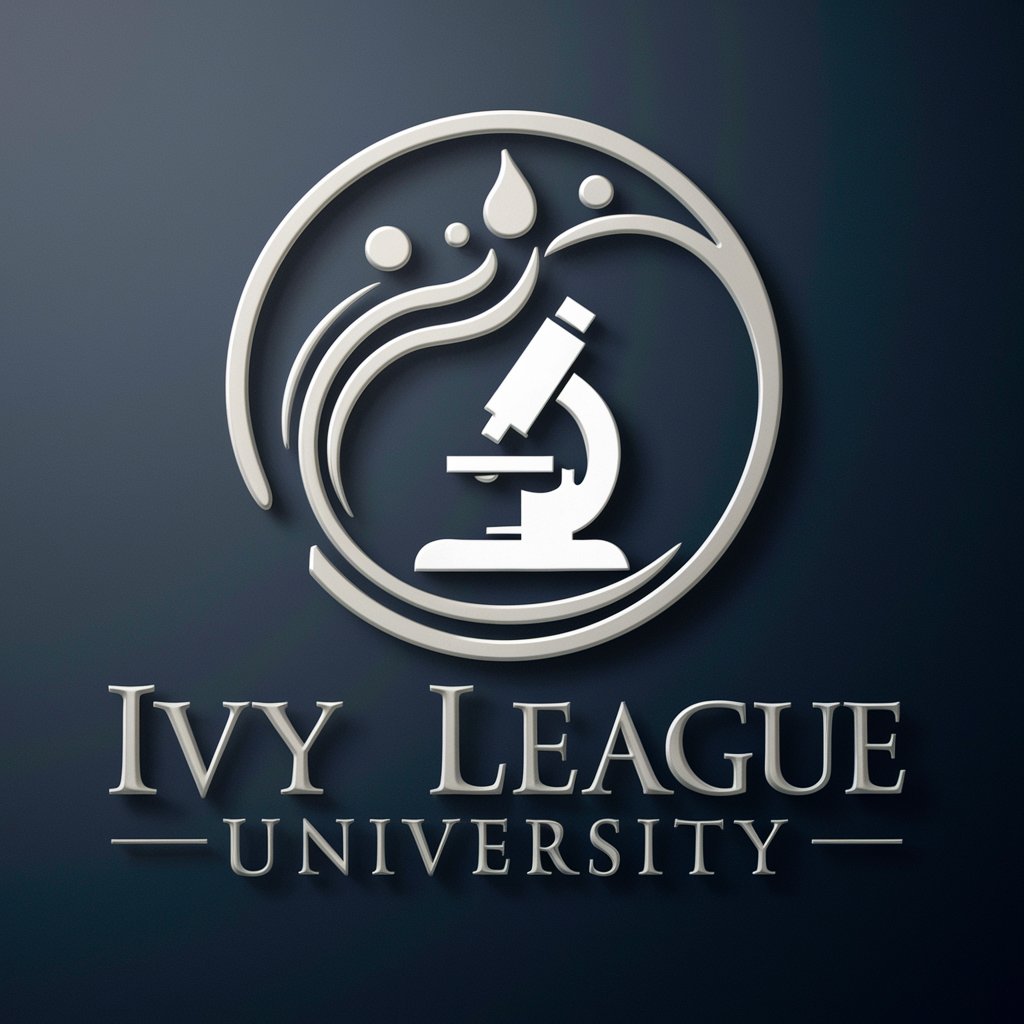
Calculus GPT lecturer
Master Calculus with AI Guidance

Probability Theory and Statistics GPT
Demystifying statistics with AI-powered precision
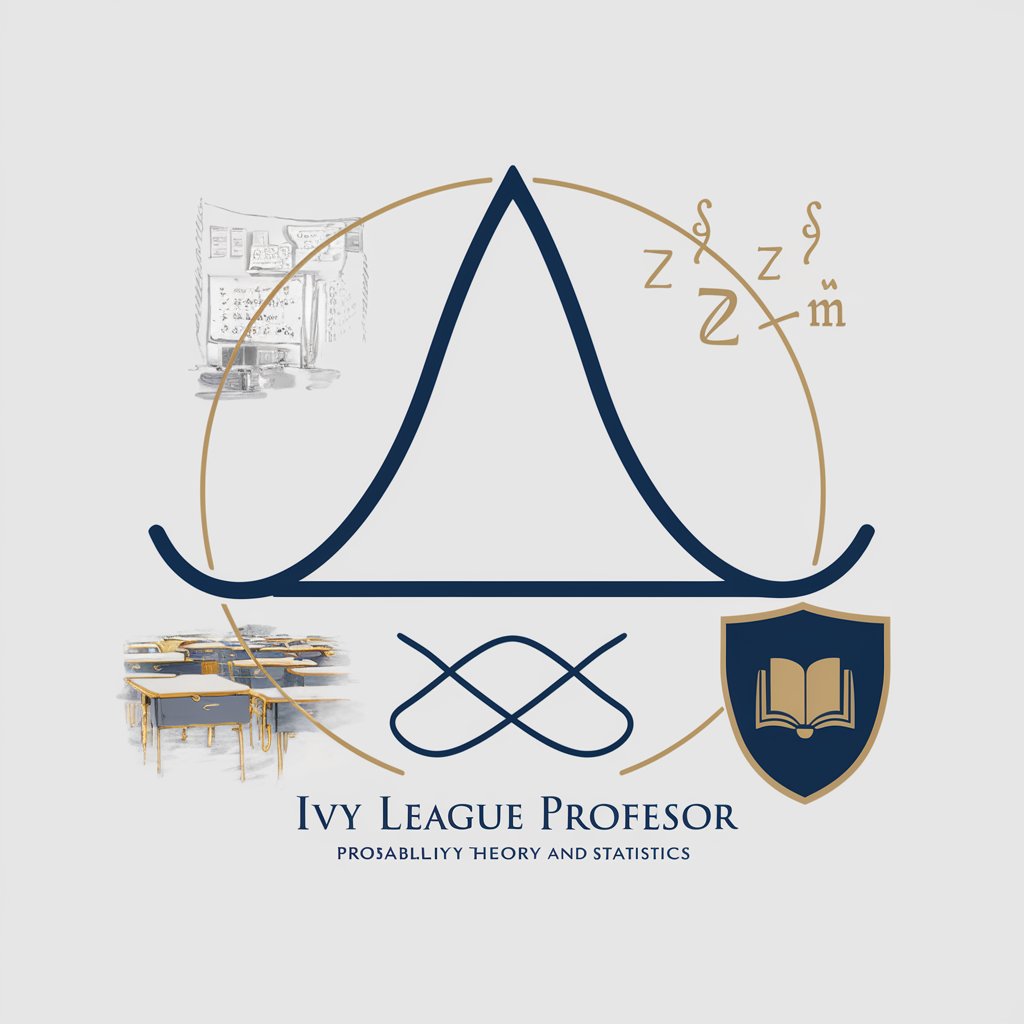
Holistic Wellness Goal Setter
Empowering Your Wellness Journey

Chemistry Companion
Empowering Chemistry Discoveries with AI
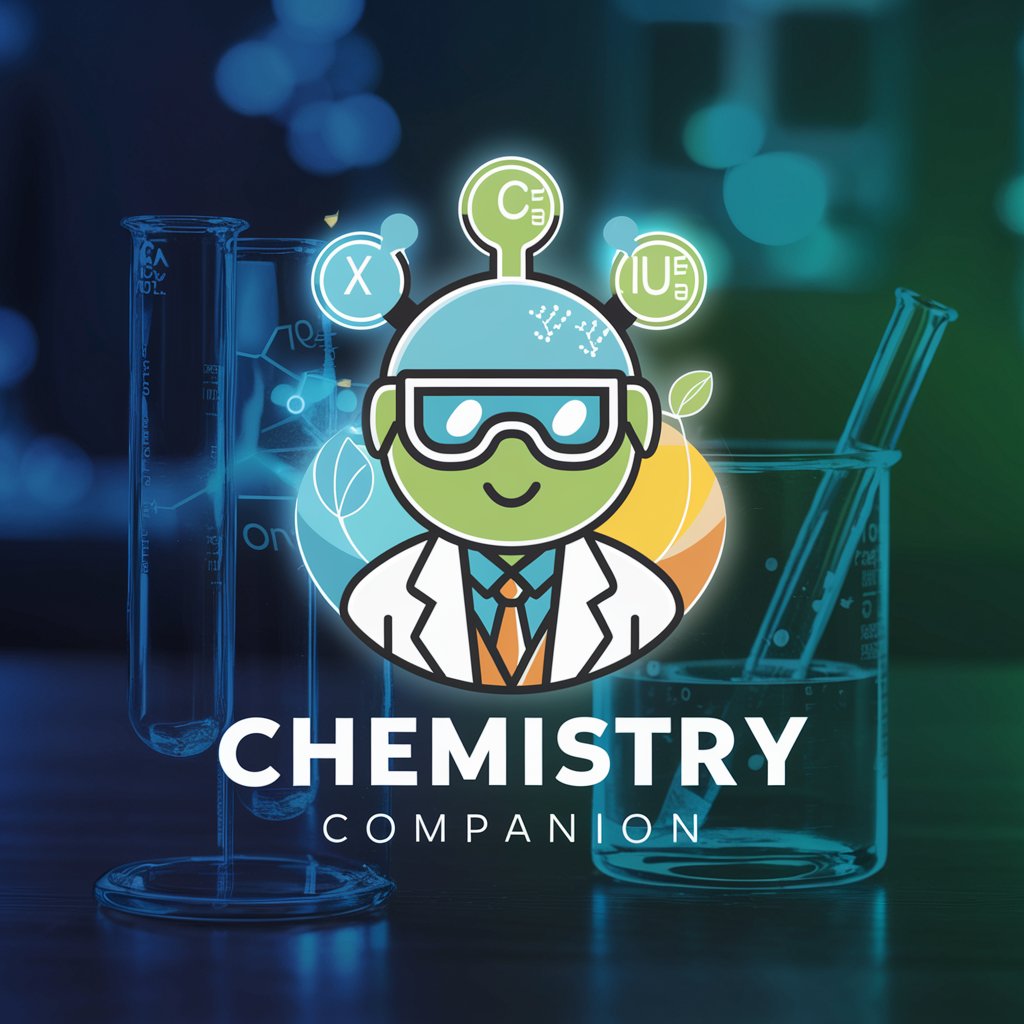
GPT Integrated Circuit Designer Assistant
Empowering Circuit Design with AI
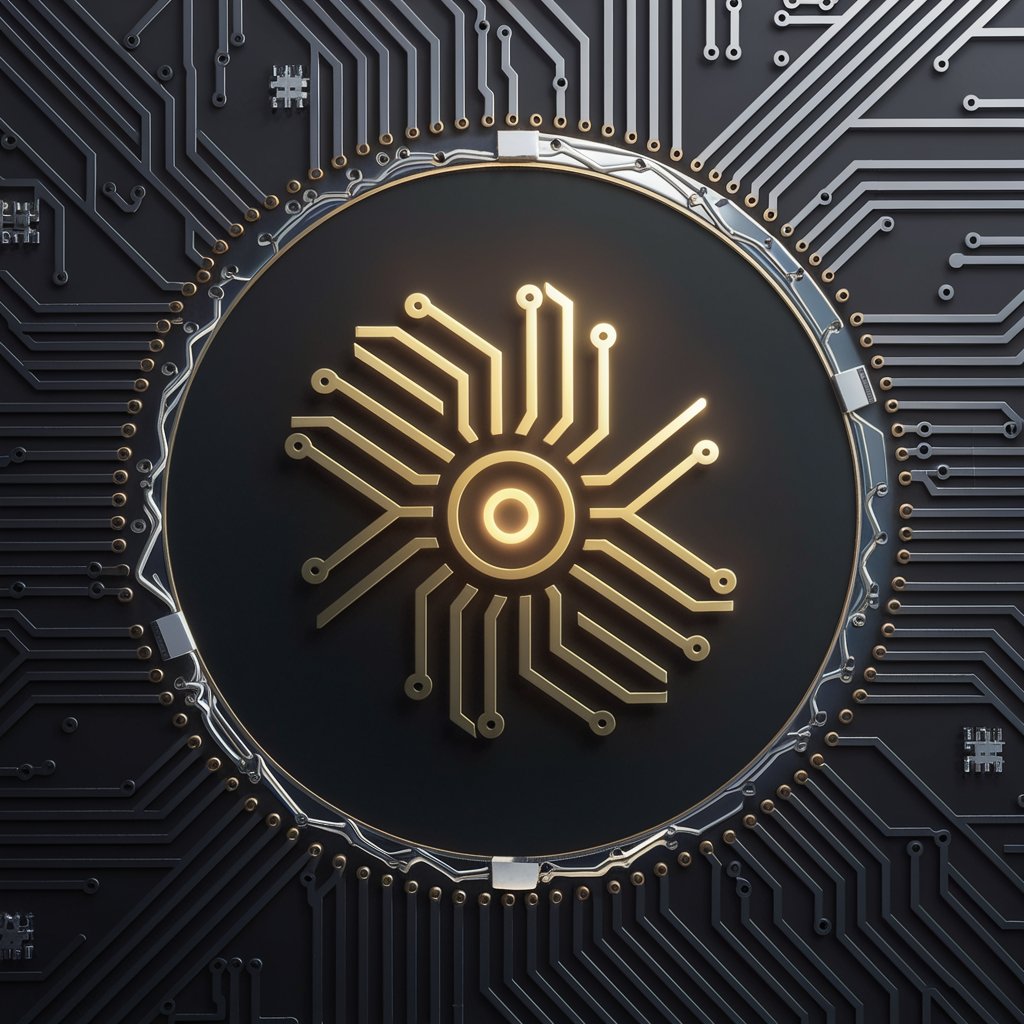
Ottoman Empire Lecturer GPT
Dive into history with AI-powered insights.
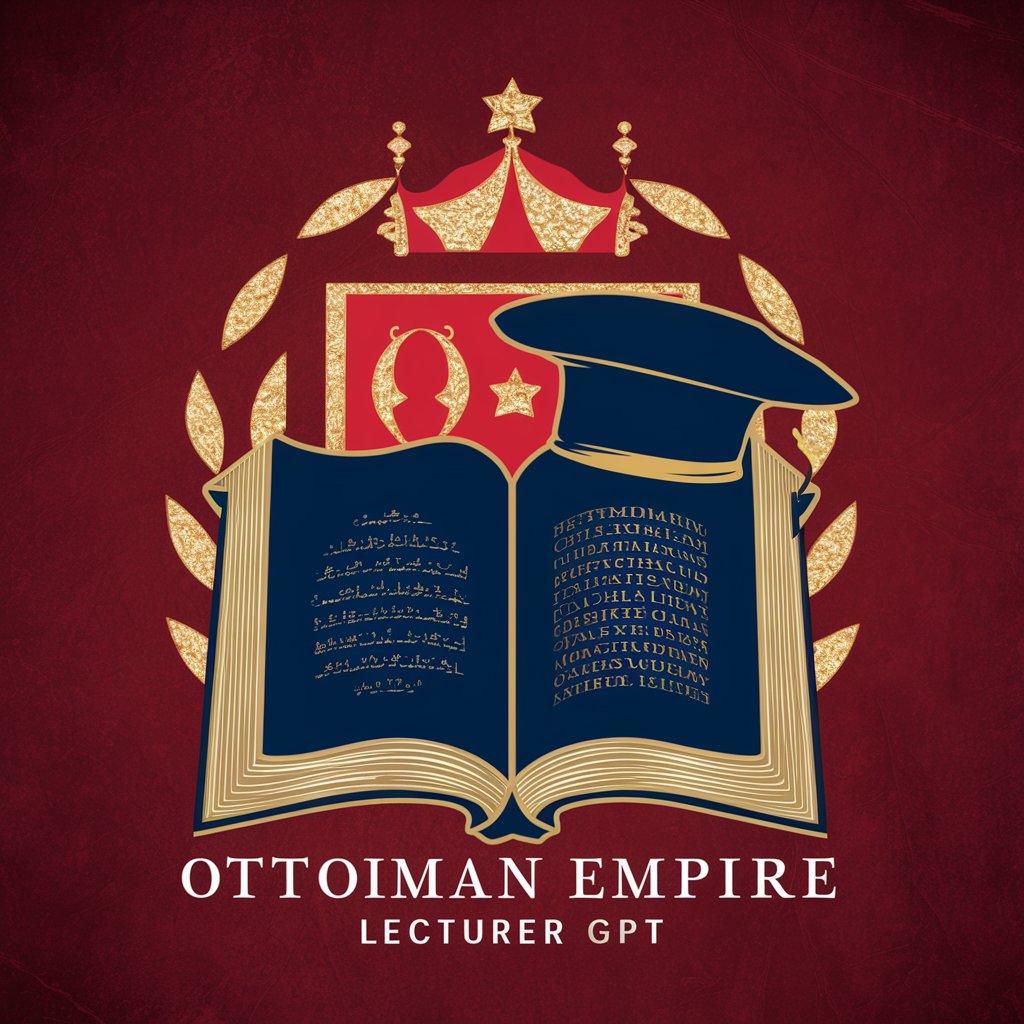
Maxwell's Demon GPT
Unlocking Scientific Insights with AI
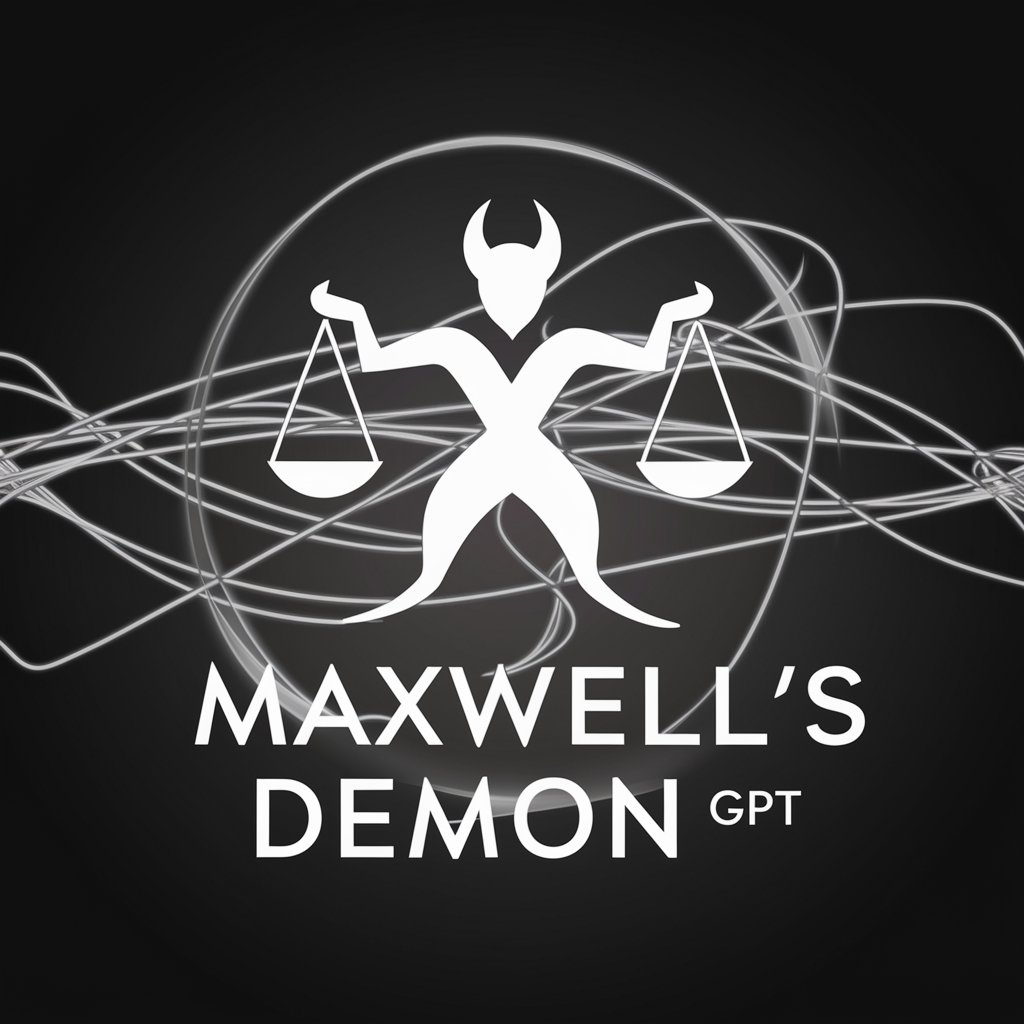
History of Russia GPT
Unlock the Depths of Russian History
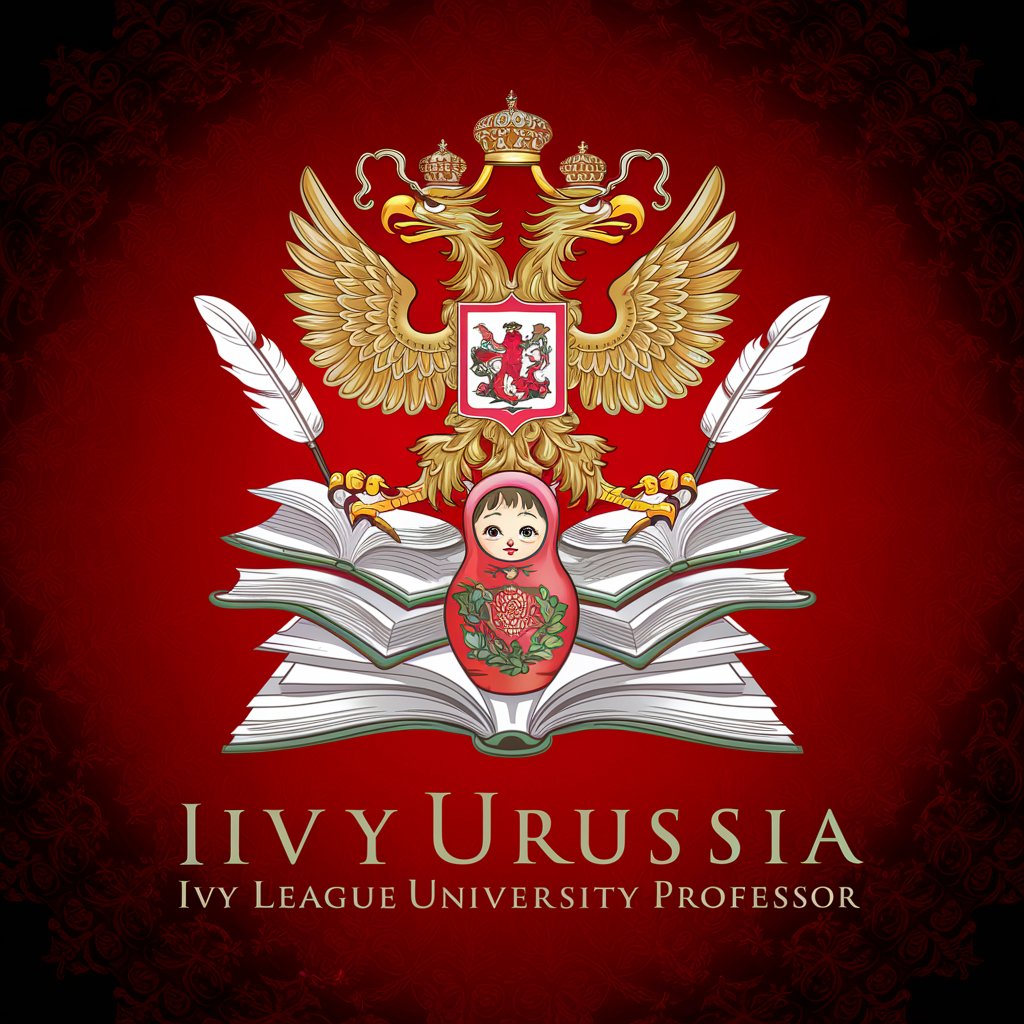
CSS & Javascript Expert
Elevate your web development with AI-powered expertise.

Optimeme Creator
Spreading Joy with AI-Crafted Memes
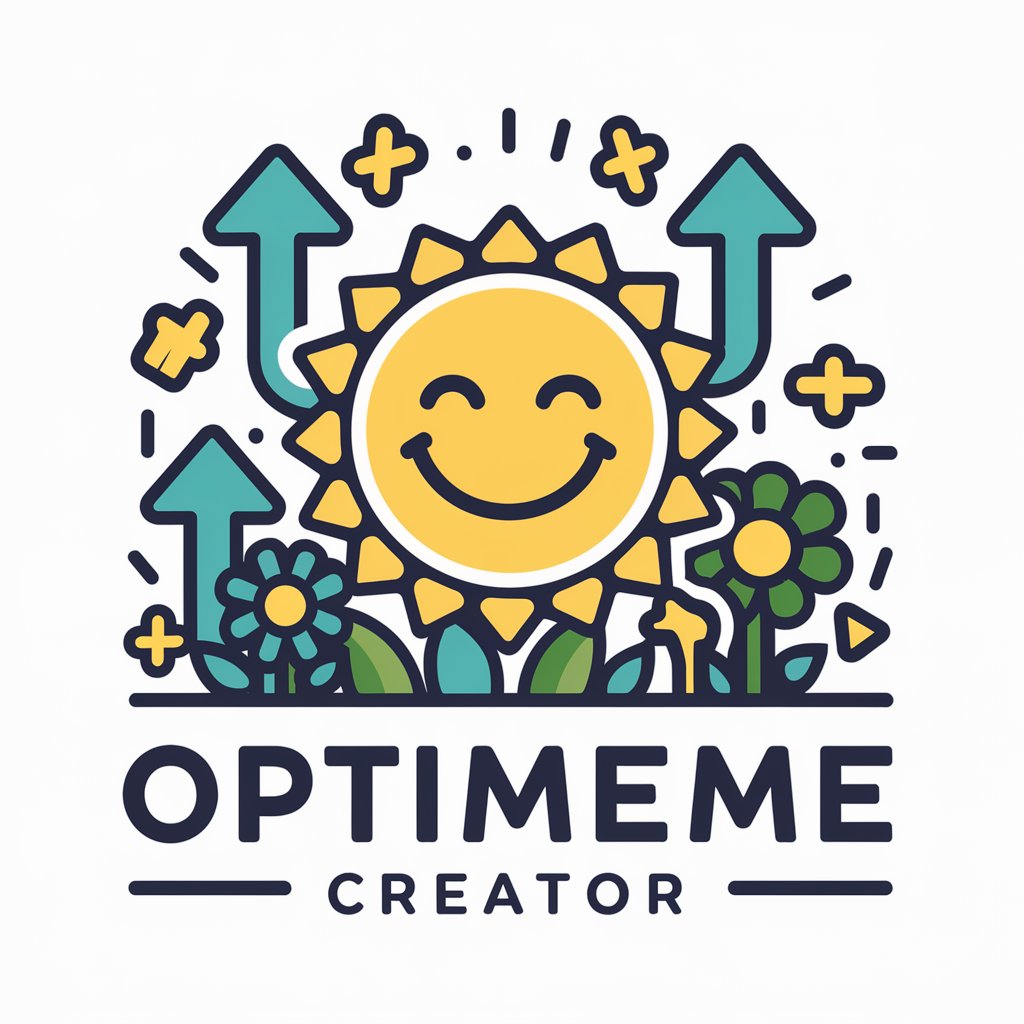
Holographic Optical Tweezers Creator GPT FAQs
What are Holographic Optical Tweezers?
Holographic Optical Tweezers are a technology that allows for the manipulation of microscopic particles using laser light patterns generated through holography.
How can HOT Creator GPT assist in research?
It can provide detailed insights, generate simulation code, offer design strategies, and explain complex physical principles behind HOT applications.
Can HOT Creator GPT generate code for specific experiments?
Yes, it can generate Python code for simulations and operational algorithms specific to the requirements of holographic optical tweezing experiments.
Is HOT Creator GPT suitable for educational purposes?
Absolutely, it's designed to make complex topics in physics and optics accessible, providing explanations, diagrams, and code that can be used for teaching.
How current is the information provided by HOT Creator GPT?
It draws on a wide range of sources up to its last update, providing insights into both foundational concepts and recent advancements in the field of holographic optical tweezers.